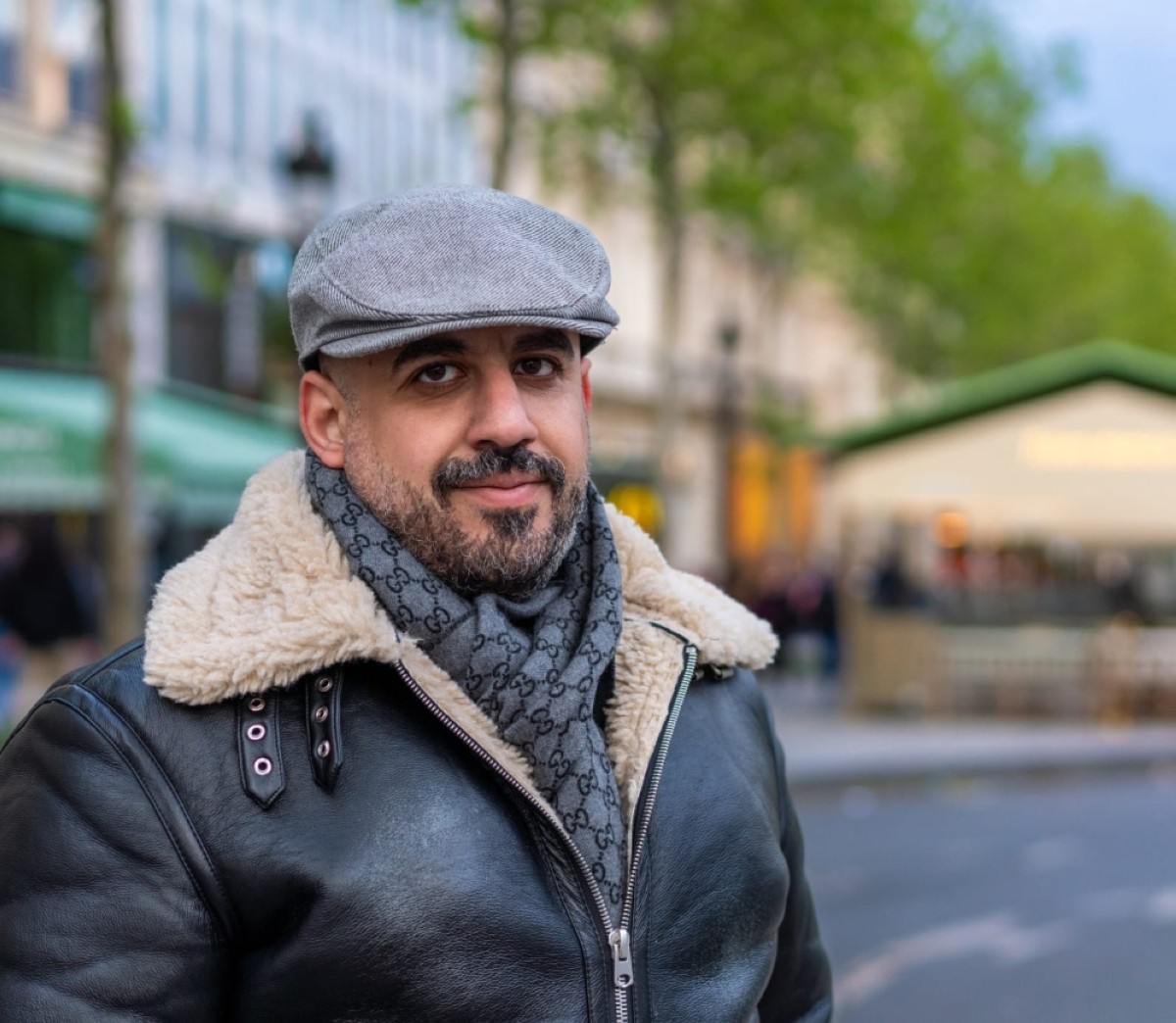KUWAIT: When a child struggles to fall asleep in the middle of the night, it’s often the mother who holds and embraces him - comforting him with bedtime stories that carry him away to a world of peaceful dreams. Or perhaps, that’s the common image that we have always known, shaping our perception of women as the dominant storytellers in the children’s literature industry.
However, history challenges this perception, showcasing many male narrators who have prominently left their mark in the industry. Hussain Almutawaa, a Kuwaiti writer and poet awarded the Sheikh Zayed Book Award in Children’s and Young People’s Literature for his short story, "I Dream of Being a Cement Mixer,” offers insights into the evolution of children’s books in the Arab world.
Absence of ‘Male storyteller’
"Many researchers suggest that children’s storytelling began with the folk tales’ mothers traditionally told their children at bedtime,” said Mutawaa, explaining the reason behind the predominance representation of women in the industry. Supporting his viewpoint, he added, "the phenomenon is also tied to the biological and inherent bond between mother and child, shaped by historical circumstances, where women were often confined to home while men engaged in activities like hunting, warfare, or work.”
However, going back in time, particularly to the beginnings of the Arabic children’s literature, Mutawaa reminds us that most of the industry’s leaders were once men, referring to Ahmed Shawky, Kamel Al-Kilani, Ali Al-Hadidi and Ahmed Naguib. Similarly, he noted prominent figures in international children’s literature such as Aesop, Hans Christian Andersen, the Brothers Grimm (Jacob and Wilhelm Grimm), and Maurice Sendak.


Quite challenging, but enjoyable
Unlike other genres where a writer’s prowess is often judged by their expansive vocabulary, Mutawaa explained that children’s literature operates quite differently. "We must consider that we are addressing a highly intelligent reader, but one whose linguistic abilities are still developing” he said. Further, he highlighted that the greatest challenge in writing for children, which he personally finds interesting, lies in the author’s ability to transcend their own skills and perspectives to genuinely connect with the child’s viewpoint.
He elaborated, "it involves writing not for what we want from the child, but rather for what the child desires.” Mutawaa finds extra pleasure in the group effort invested in children’s literature, combining the touch of the author, artist, and art director altogether. "This leads me to another aspect I appreciate - the aesthetic dimension that illustrations bring to children’s books and the imaginative spaces they create.”
Communicating with children
It’s inevitably true that reading now is much more challenging than it ever was, especially with the new generations’ short attention spans bombarded by multiple entertainment tools like films, video games, social media, etc. Mutawaa observed that almost every generation has been prone to evolutional changes throughout their lifetime, which they initially handled with fear and awe - a natural response stemming from our instinctual fear of the unknown. "My grandfather lived half his life without electricity, my father without the Internet, and I without social media for half of mine,” he said.
Acknowledging this historical context, Mutawaa perceived the evolving behaviors of today’s children neither strange nor unexpected. However, he believes that to deal with this change, "we must remain in a constant state of mental alertness to perceive, analyze and understand their changing behavior,” he said. Additionally, he said, "this requires high amount of intellectual flexibility and active communication with children to bridge any gaps arising from the lack of intergenerational dialogue.”
Each of us should contribute to bridging this gap. But Mutawaa highlighted the primary role that government should play in promoting reading and supporting children’s literature throughout the educational journey, including revitalizing school libraries. "I believe schools are pivotal in developing a meaningful connection between children and books,” he added.

